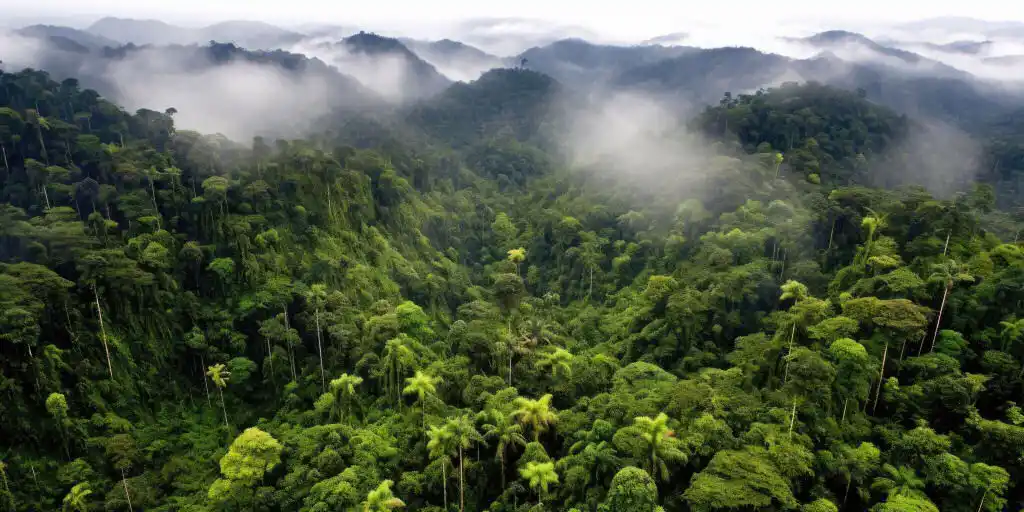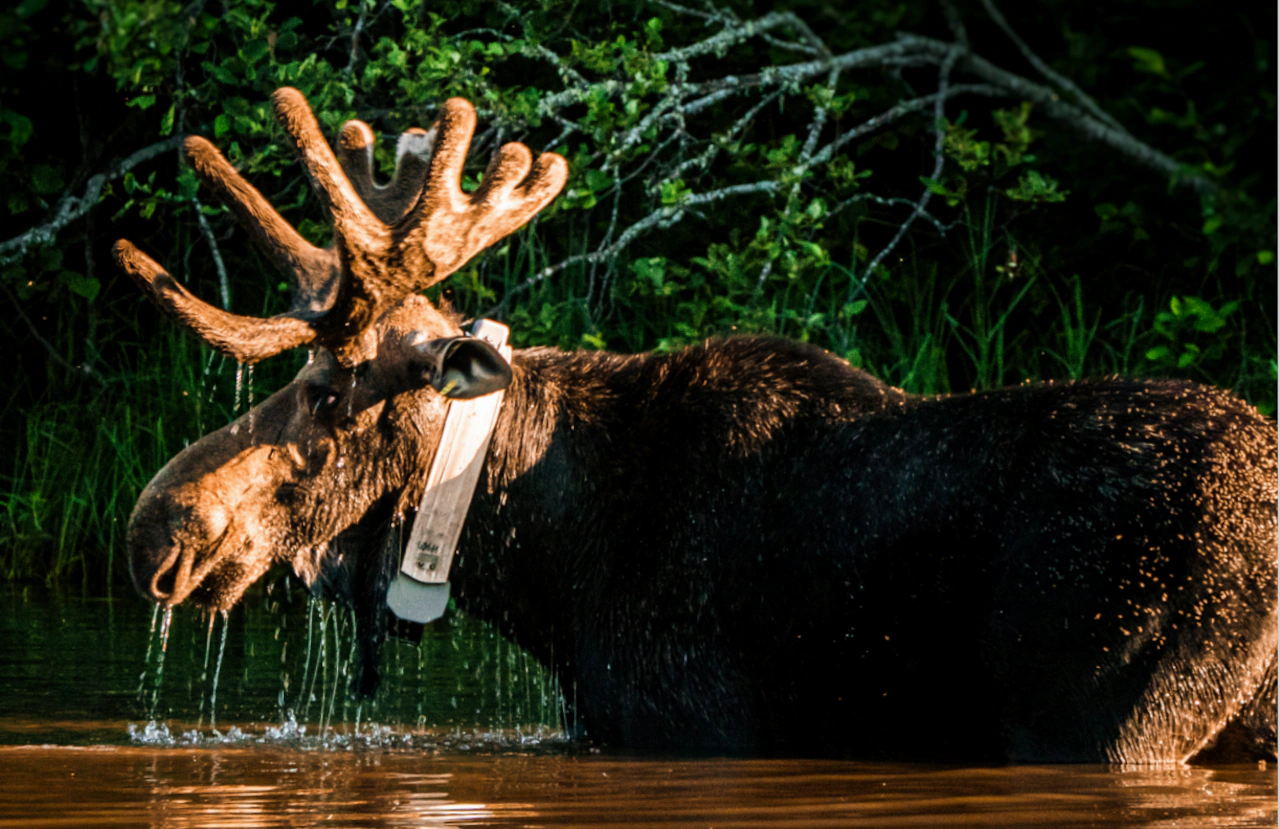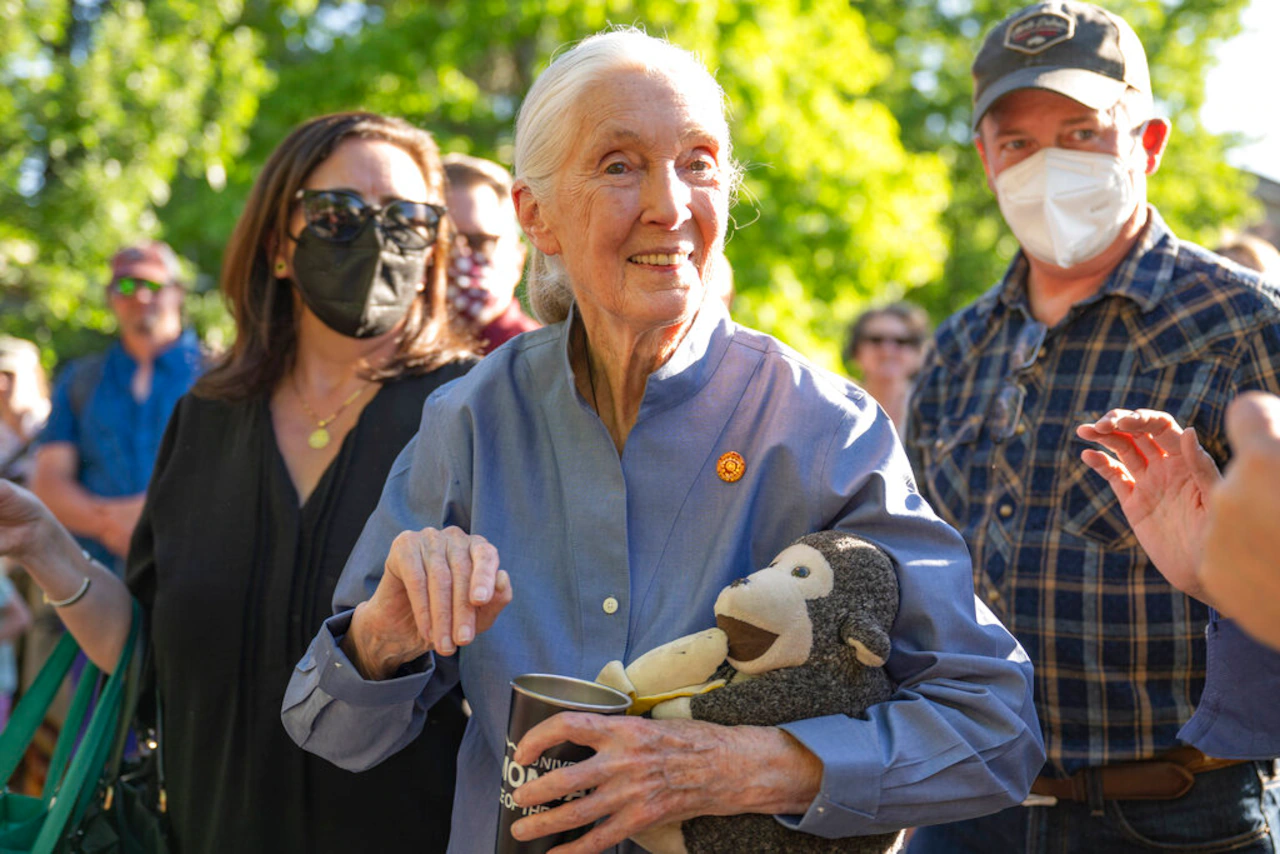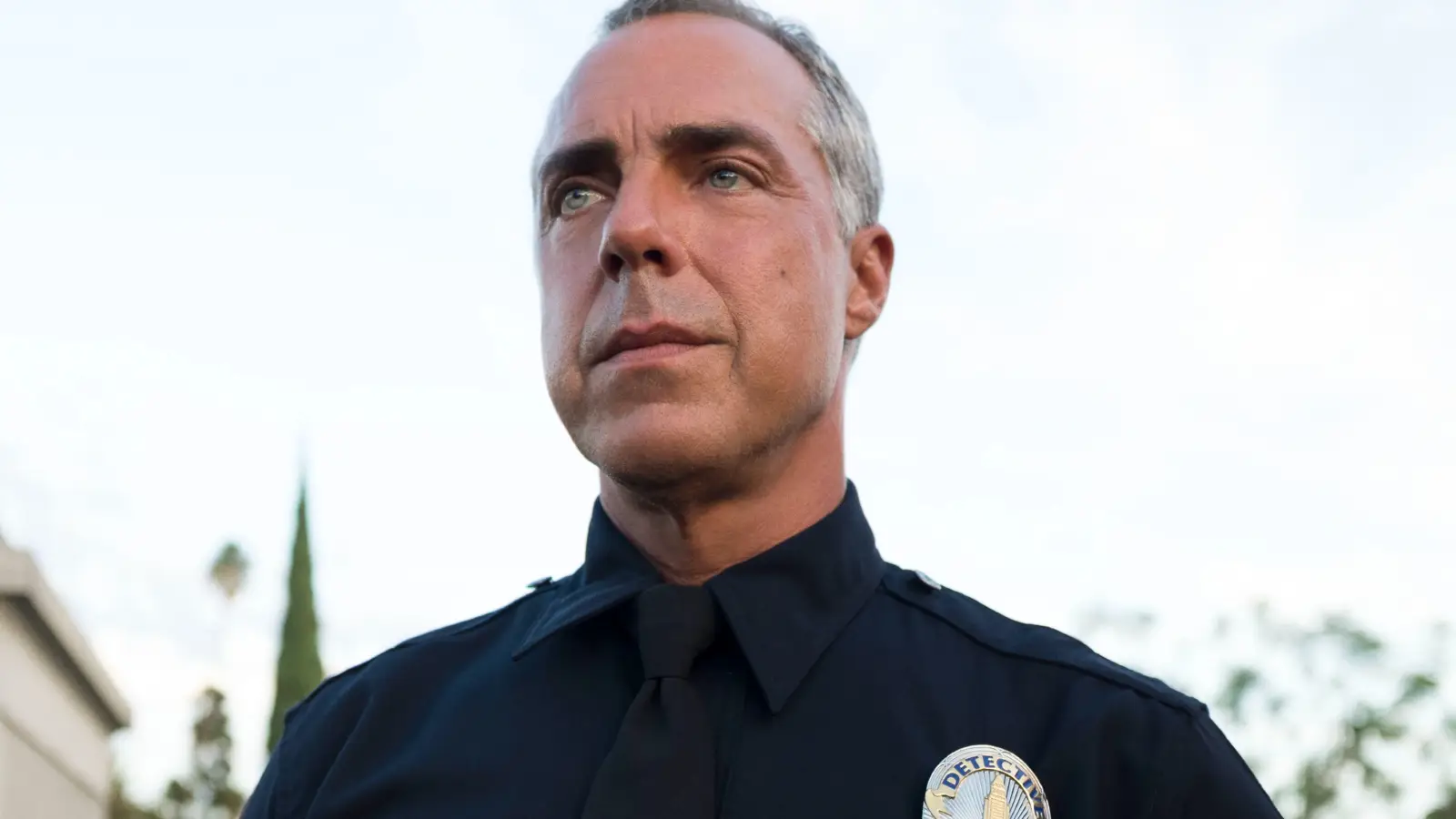
For decades, we’ve been warned that the Amazon rainforest—the so-called “lungs of the planet”—was on the verge of collapse. Headlines screamed about tipping points, mass die-offs of giant trees, and irreversible climate catastrophe. Yet, buried in the data, something rather inconvenient has been happening: the Amazon is getting bigger, fatter, and taller.
A new Nature Plants study, covering 30 years of field data from 188 permanent forest plots across Amazonia, shows that the average size of Amazon trees has increased by more than 3% per decade . In plain English: the forest isn’t shrinking in stature, it’s bulking up.
The researchers found:
Mean tree size up 3.3% per decade
Largest trees (>40 cm diameter) increased 6.6% per decade
Biomass increasingly concentrated in the biggest trees
No evidence of large-scale die-off from climate stress
In their words:
“We find that tree size has been increasing across all size classes… The observed patterns match the expectations from increased resource availability, particularly from rising atmospheric CO₂.”
So much for the “large trees are doomed” hypothesis.
This is the CO₂ fertilization effect in action. The key driver, according to the authors, is not some vague “forest resilience” or a miraculous recovery from past disturbance, but rather plain old plant biology: more carbon dioxide in the air means more raw material for photosynthesis.
CO₂ fertilization is no longer a theory tested only in labs. This study confirms it at continental scale: Amazon forests are thriving, not suffering, in a world with more CO₂ .
Big trees: with better access to light, they are expanding even faster, locking away more carbon.
Small trees: surprisingly, they’re also benefiting. With extra CO₂, understory trees living on the edge of survival at low light can now photosynthesize more efficiently and survive longer .
The result is a forest with both fatter giants and healthier smaller trees—something alarmist models didn’t predict.
News Coverage: A Rare Dose of Optimism; even the mainstream outlets couldn’t spin this entirely negative.
Phys.org summarized it as a “good news story,” noting that “the trees in intact forests have grown bigger; even the largest trees have continued to thrive despite these threats”.
NBC News ran with: “Giant trees of the Amazon get taller as forests fatten up on carbon dioxide”, pointing out that “We’re not seeing signs of them dying off… They are increasing in size and number as well”.
LiveScience said: Trees of all sizes across the Amazon rainforest are getting fatter due to climate change, a new study shows.
Of course, both outlets quickly hedged: warnings about future drought, deforestation, lightning, and the ever-present “tipping point” were sprinkled throughout. But the underlying data tells a different story: rising CO₂ is currently a net positive for the Amazon’s forests.
We’ve been told endlessly that rising CO₂ is a global disaster, turning forests into tinderboxes and deserts. Yet the Amazon—supposedly one of the most climate-sensitive ecosystems—appears to be doing the opposite: absorbing more carbon, producing more biomass, and thriving.
This doesn’t mean the Amazon is invulnerable. Deforestation is still a real threat (chainsaws trump CO₂), but the oft-repeated claim that climate change alone is killing the forest doesn’t stand up to scrutiny.
My Final Thoughts
The real takeaway is this:
Rising CO₂ is not just a “pollutant”—it is also a powerful plant fertilizer.
Amazonian forests are currently benefitting, not suffering, from this change.
Predictions of imminent collapse have once again run headlong into inconvenient data.
When climate modelers assure us that “the science is settled,” it’s worth recalling just how often field data overturns the narrative. The Amazon was supposed to be collapsing. Instead, its trees are thriving.
That doesn’t sell headlines or funding proposals, but it’s what the evidence shows.
So, next time someone calls CO₂ “pollution,” remind them: without it, plants—and by extension, we—wouldn’t exist. And with a bit more of it, the world’s largest rainforest seems to be doing just fine.



